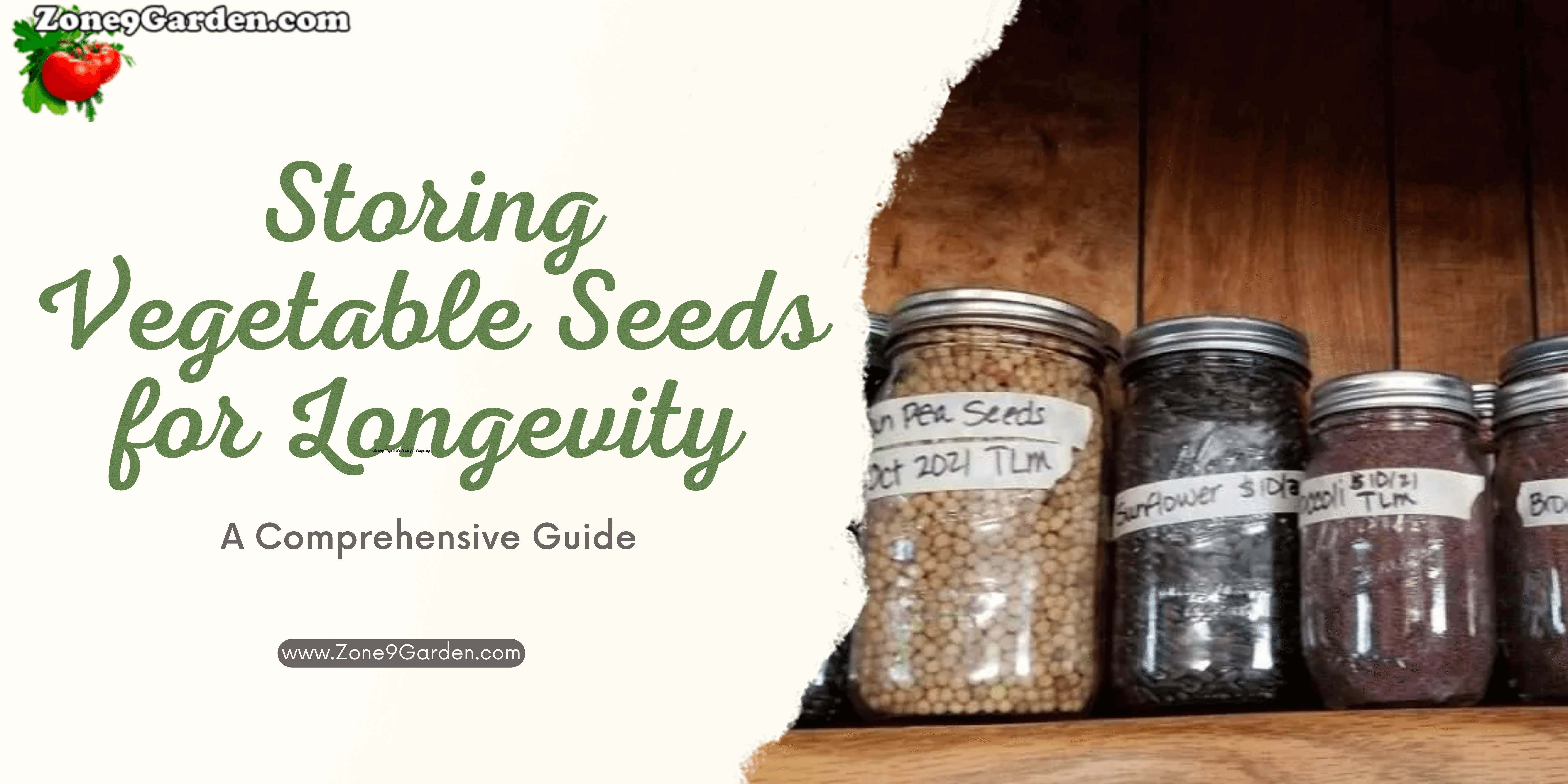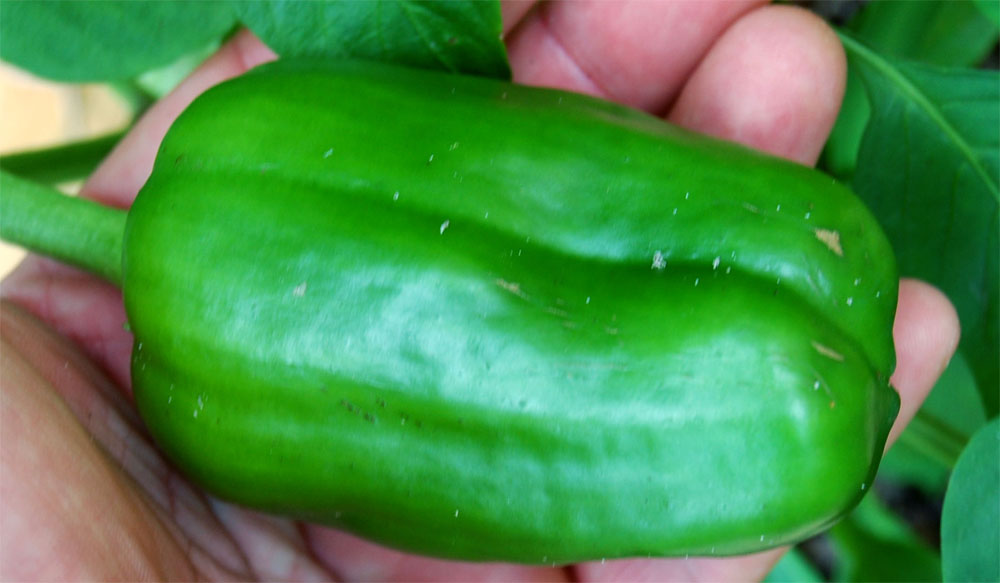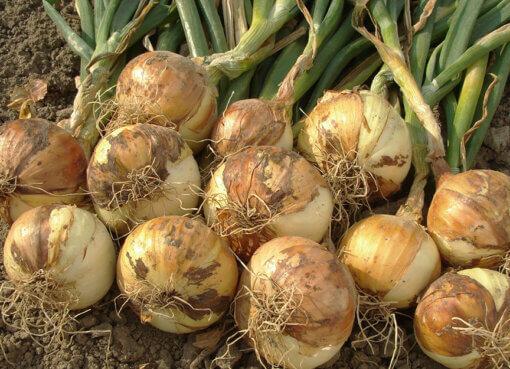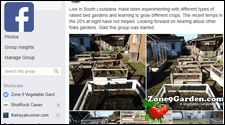Gardening enthusiasts and cultivators know the invaluable role that seeds play in the cycle of life. These tiny powerhouses hold the potential to produce bountiful harvests and sustain future generations of plants. However, the viability of seeds is not infinite; they require proper storage to maintain their vitality and ensure successful germination when the time comes. Whether you’re a seasoned gardener or a novice, understanding how to store vegetable seeds for an extended period is essential knowledge. In this guide, we’ll explore the science behind seed longevity and provide practical tips for storing vegetable seeds effectively.
The Science of Seed Longevity
Seeds are remarkable biological entities equipped with the inherent ability to survive harsh conditions and remain dormant until favorable circumstances arise. This natural dormancy is primarily governed by factors such as moisture, temperature, and oxygen levels. When seeds are stored, these factors must be carefully managed to preserve the seeds’ viability.
Moisture content is one of the most critical aspects influencing seed longevity. High moisture levels can lead to premature germination or the growth of mold and fungi, rendering seeds useless. On the other hand, extremely dry conditions can cause seeds to lose their vitality over time. Temperature also plays a significant role; seeds exposed to high temperatures may undergo chemical changes that reduce their viability. Oxygen, particularly in sealed containers, can contribute to seed deterioration due to oxidative processes.
Best Practices for Storing Vegetable Seeds
To maximize the shelf life of your vegetable seeds, follow these comprehensive storage guidelines:
1. Choose Quality Seeds
Start with high-quality seeds. Purchasing seeds from reputable suppliers ensures that you’re working with seeds that have been properly processed, cleaned, and tested for germination rates. Quality seeds provide a strong foundation for successful long-term storage.
2. Know Your Seeds
Different vegetable seeds have varying lifespans. Some seeds, like tomatoes and peppers, can remain viable for several years, while others, like lettuce and onion seeds, have shorter shelf lives. Research the specific longevity of the seeds you intend to store to create a more accurate storage plan.
3. Harvest and Store Wisely
If you’re saving seeds from your own garden, ensure that they are fully mature and dry before harvesting. Immature seeds are less likely to survive storage. Dry seeds thoroughly by laying them out on paper towels in a well-ventilated area. Proper drying helps prevent mold and mildew growth during storage.
4. Clean Your Seeds
Before storing, clean your seeds to remove any debris, chaff, or plant matter. This prevents the introduction of contaminants that could affect seed viability during storage.
5. Optimal Packaging
Selecting the right packaging is crucial for maintaining seed viability. Choose containers that are airtight and moisture-resistant, such as glass jars with rubber seals or vacuum-sealed bags. Make sure the containers are thoroughly cleaned and dry before use.
6. Desiccants
Adding desiccant packets to your seed storage containers can help absorb excess moisture, reducing the risk of mold and fungal growth. You can find these packets in stores or repurpose those found in packaged goods.
7. Temperature and Humidity Control
Store your seeds in a cool, dark, and dry environment. Ideally, the temperature should be between 32°F and 41°F (0°C to 5°C) with a relative humidity of around 15% to 25%. A root cellar, basement, or refrigerator can be suitable options for maintaining these conditions.
8. Avoid Temperature Fluctuations
Temperature fluctuations can be detrimental to seed viability. Avoid storing seeds in places that experience frequent temperature changes, such as near heaters, stoves, or windows that receive direct sunlight.
9. Regular Monitoring
Even with proper storage, it’s essential to periodically check your seeds for any signs of moisture or deterioration. If you notice any issues, take corrective measures immediately to prevent further damage.
10. Record Keeping
Maintain meticulous records of the seeds you’re storing, including the type of vegetable, the date of harvest or purchase, and any relevant notes. This information will help you keep track of the seeds’ viability over time.
Testing Seed Viability
While proper storage can significantly extend the longevity of your vegetable seeds, it’s wise to periodically test the viability of stored seeds. A simple germination test can provide valuable insights into the percentage of seeds that are still capable of sprouting.
To perform a germination test:
- Select a Sample: Choose a representative sample of seeds from your stored collection.
- Prep and Plant: Moisten a paper towel and place it on a plate. Spread a small number of seeds evenly on the towel. Fold the towel over the seeds and place the plate in a plastic bag to create a mini greenhouse.
- Maintain Conditions: Keep the plate in a warm and well-lit area, ideally around 70°F (21°C). Check regularly for signs of germination.
- Observe Germination: After a designated period (typically 7 to 10 days), count the number of seeds that have germinated. Calculate the germination rate by dividing the number of germinated seeds by the total number of seeds tested.
This test will give you a clear indication of the percentage of viable seeds remaining in your collection. If the germination rate is satisfactory, you can continue using the seeds. If the rate is lower than desired, you might consider using a higher quantity of seeds when planting to compensate for potential low germination rates.
Longevity of Common Vegetable Seeds
The following is a rough guideline for the average longevity of some common vegetable seeds when stored under optimal conditions:
- Long-Lived Seeds (5-10 years or more): Beans, Beets, Carrots, Corn, Peas, Squash
- Intermediate-Lived Seeds (3-5 years): Cabbage, Cucumbers, Eggplant, Melons, Peppers, Tomatoes
- Short-Lived Seeds (1-3 years): Lettuce, Onions, Parsley, Spinach
Keep in mind that these are general estimates and actual viability can vary depending on factors such as seed quality, storage conditions, and the initial health of the seeds.
Preserving Agricultural Heritage
Storing seeds for extended periods is not only about personal convenience but also plays a crucial role in preserving agricultural biodiversity. Many heirloom and open-pollinated varieties are not readily available in commercial markets. By storing and exchanging these seeds, gardeners contribute to the conservation of diverse plant genetics and help safeguard against the loss of unique and valuable plant varieties.
In Conclusion
Seeds are more than just tiny capsules of life; they are vessels of potential and promise. With proper care and attention to storage conditions, you can ensure that your vegetable seeds remain vibrant and ready to transform into thriving plants whenever you decide to sow them. By understanding the science behind seed longevity and following the best practices outlined in this guide, you can embark on a journey of sustainable gardening that honors the resilience and beauty of the plant kingdom.





